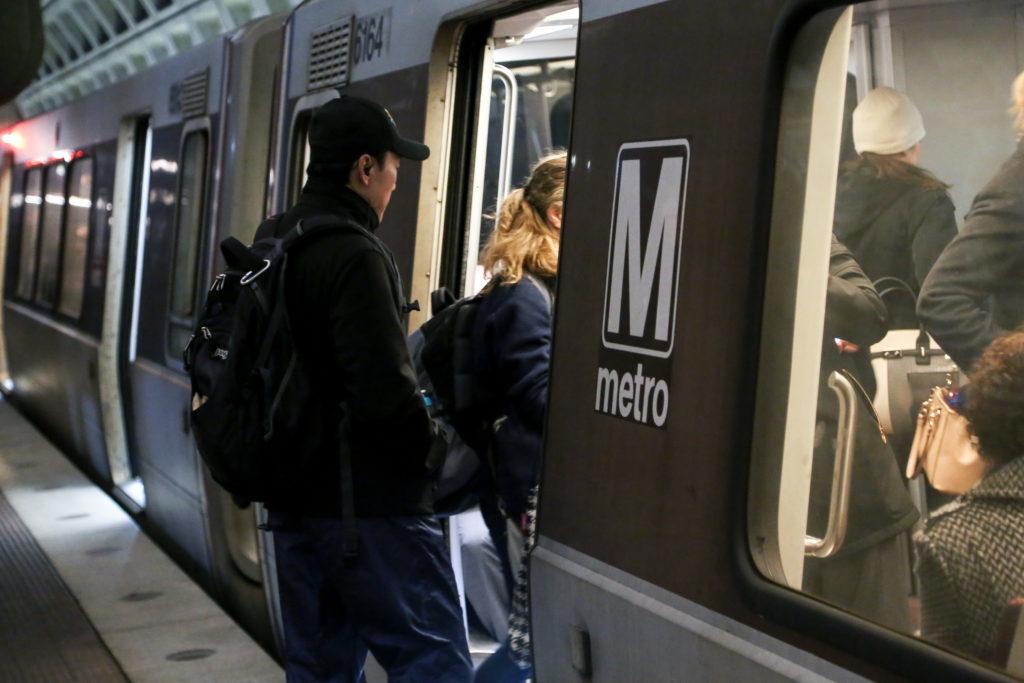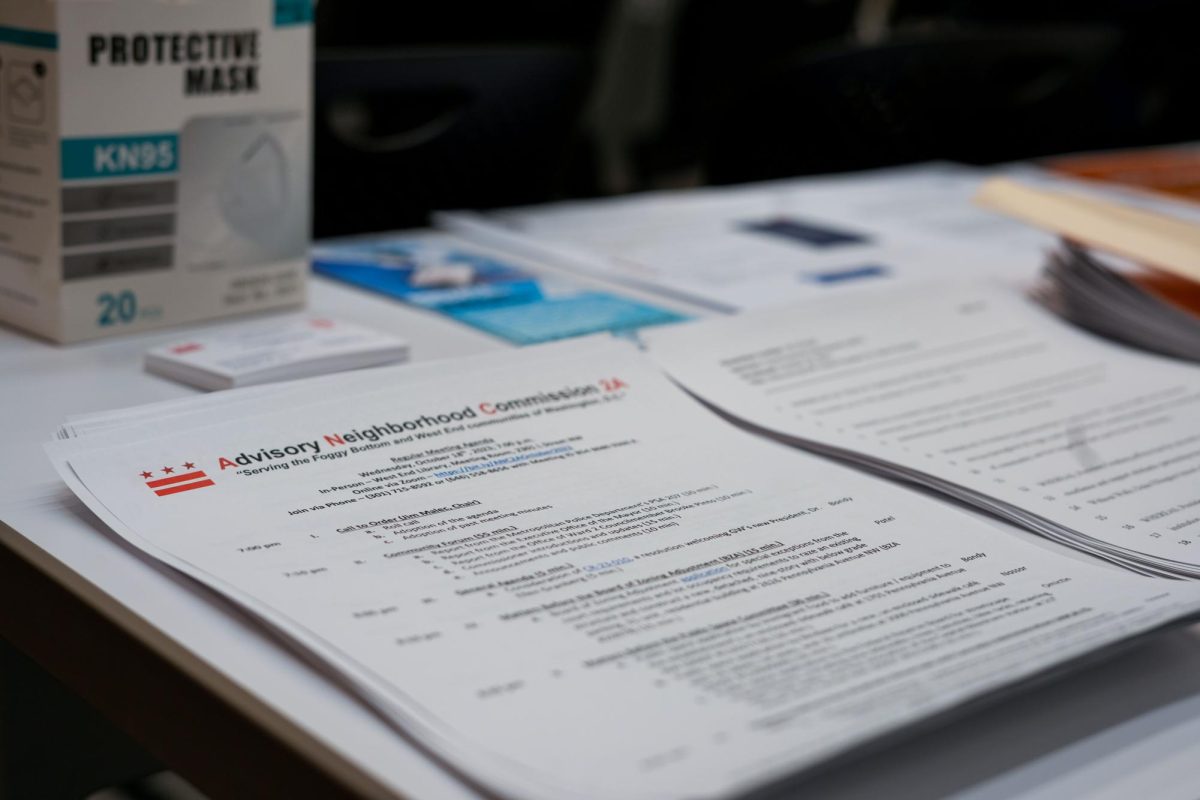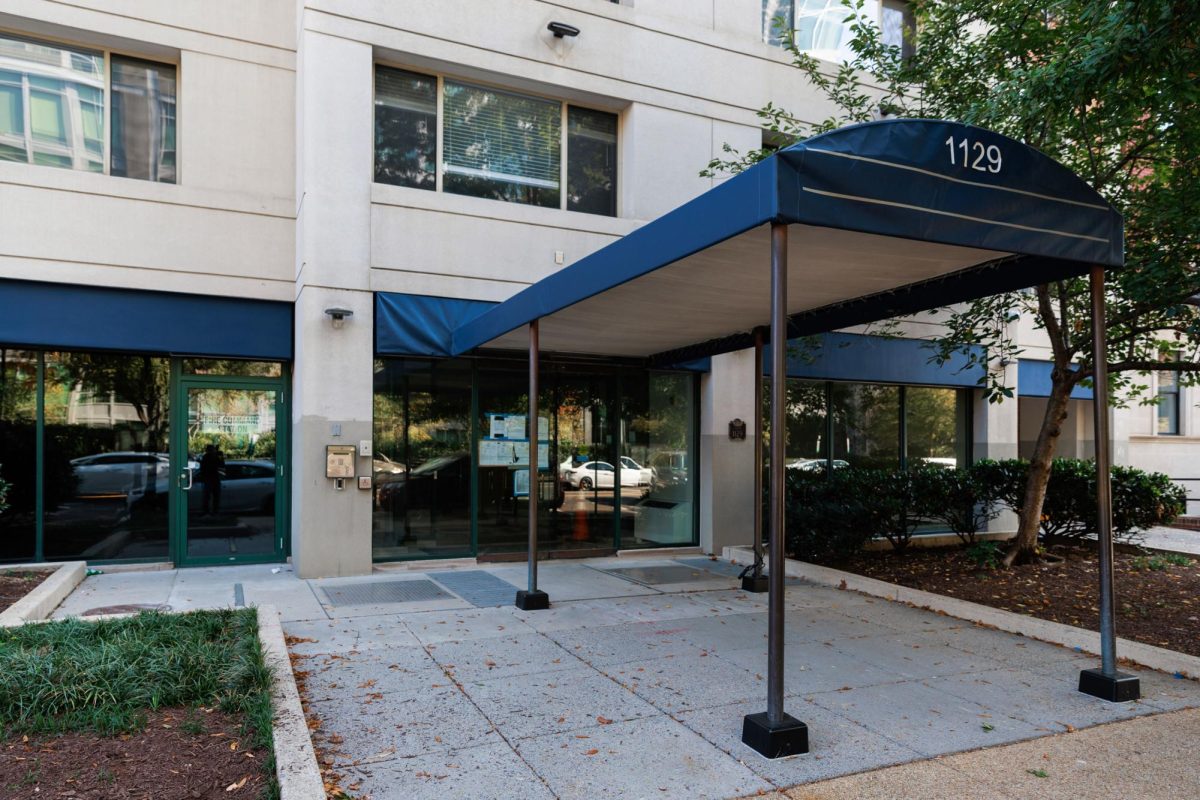Updated: June 26, 2019 at 3:26 p.m.
The Washington Metropolitan Area Transit Authority is trying to figure out how to reduce overcrowding on its trains, according to a WMATA release.
WMATA launched a two-year study examining ways to decrease the number of riders on blue, silver and orange lines during rush hour and improve each train’s timeliness. The study, which will conclude no later than fall 2020, aims to boost the Metro’s efficiency to prepare for a projected 18 percent increase in riders on the three lines by 2040, the release states.
“By acting now to address service limitations on the Blue, Orange and Silver lines, Metro can both improve near-term service and meet this future growth to maintain improved service levels into the future,” the release states.
Metro researchers will review the number of delays, riders and options to switch lines on single-track trains over the course of the study. The study will also look into how the Metro can cut greenhouse gas emissions by 50 percent and increase renewable energy use by 30 percent, according to the release.
Once an extension to the silver line is complete, the project will include 44 Metrorail stations and 56 miles of track on the blue line. The study includes tracks from the Vienna and the future Ashburn stations to the New Carrollton and Largo Town Center stations and the blue line between the Pentagon and Largo stations.
Researchers will involve more than 20 stakeholders, including the District Department of Public Transportation and the D.C. Office of Planning, this fall in surveys and meetings to solicit input on reducing overcrowding and delays.





